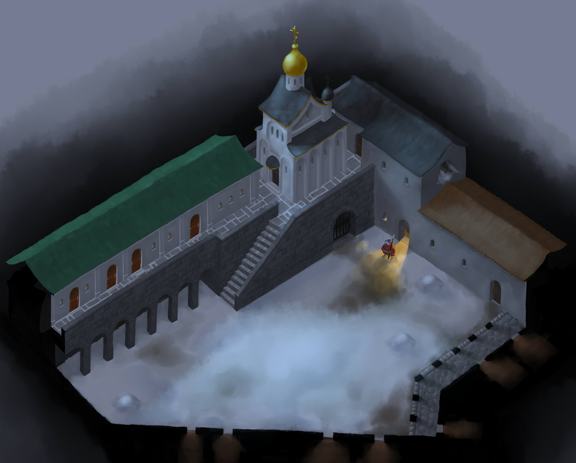So it’s already December and we haven’t posted any news? Well, these last 4 weeks were the most busy weeks of the year for we Adugans, hands down. Last fortnight I was at São Paulo attending the first Interection South America, where I’ve published together with Beto a paper about Game Design. This paper is the result of our early studies on Game Design for our graduation project of which Beto will write about in the near future. There were also finals at university and all around end-of-the-year-craziness for everyone. Excuses, excuses, but what about the project? Well, let’s do our usual round up:
Game Design finished the core of the GDD and, even if we are a small team, the GDD is very important for this project. Now it is just polishing and revisions (and extensive testing of course!).
Vermonde at the programming dept. is working hard on finally turning the prototype into a prototype (the screenshot above may seem a little silly in it’s crudeness, but the function is what it is important at this early stage). Now we have a controllable character, guards, multiple levels, so things are finally taking a true shape. Probably me and Beto will drop the Legos and go work with the real deal very soon.
Sound Design is steaming up work on making the last sound assets for the conceptual soundscape. They also made an comprehensive conceptual work dealing with the nature of the abstraction layer of some sounds (specially soundsteps related to the guards and other NPCs) which seems complicated (and actually is pretty intricate) and I hope Marcel will write about it in the near future.
Ingrid, after finishing the core script, took a step back and started to really develop and deepen our main character’s… well, character. The whole deal: backstory, internal psyche, external behavior, etc. This was necessary to address some issues we are having with plot development. She finished this step and now is extending this work at a less detailed level to all the other characters found in the game.
Speaking of which, Visual Arts finally finished the characters concept arts. Endless color and texture testing resulted into a complete package of more than 70 characters, being 30 basic archetypes, plus 30 special individuals, plus a bunch of bonus characters, now resumed into a beautiful crowd concept. Some of which Pirin will present to you very soon.
That’s it for now. Expect a new Update next week, since it will be a productive one.

 English
English Português
Português